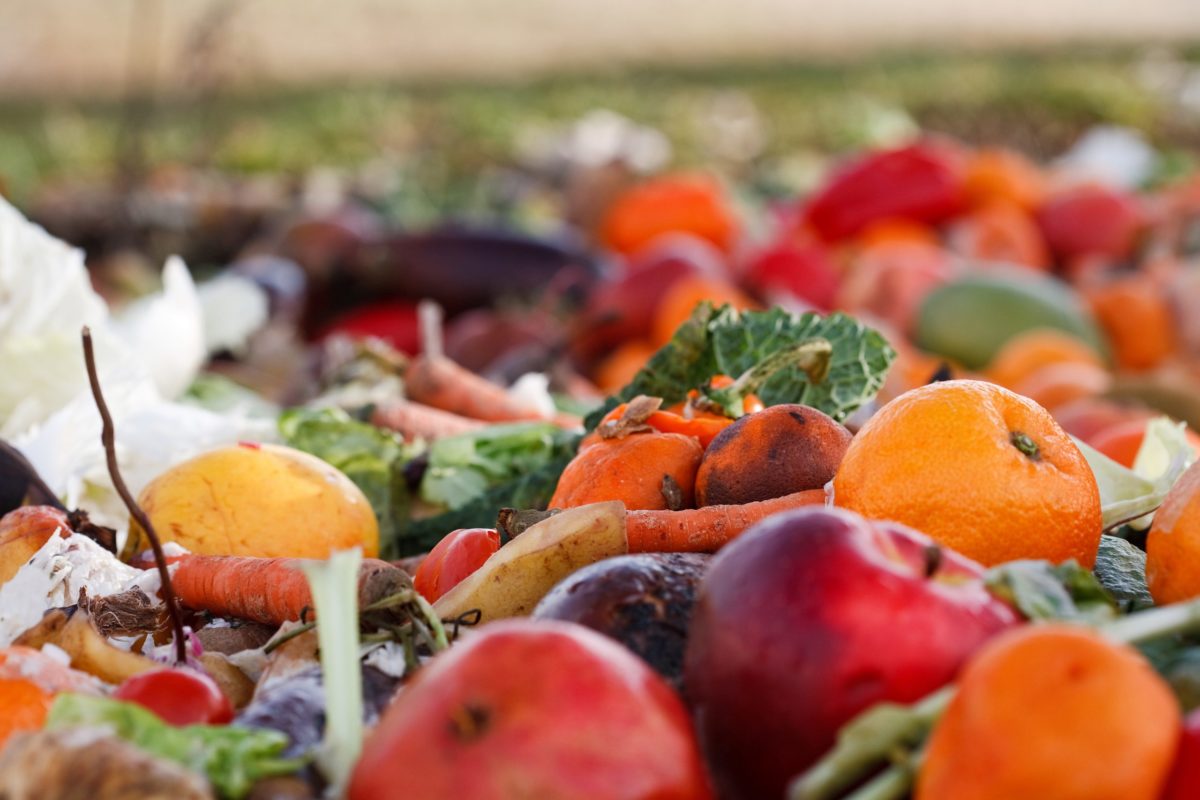

Greg Kester, CASA
SB 1383, signed into law in September 2016, requires a 40% reduction in methane emissions in California by 2030 below the levels emitted in 2013. In order to achieve the methane emission reductions, the legislation further requires a 75% diversion of organics (including biosolids) from landfills by 2025, using 2014 levels as the baseline.
This means that in 2025 and beyond, a maximum of 5.7 million tons of organic waste will be allowed to be disposed of in landfills, regardless of increases in population or waste generation.
In addition, the law requires recovery of at least 20% of food waste that is currently landfilled to help feed those in need. CalRecycle is the regulatory agency charged with developing and implementing regulations to achieve the mandates of SB 1383, in close coordination with the California Air Resources Board (CARB), State Water Resource Control Boards (SWRCB), and the California Department of Food and Agriculture (CDFA).
Biosolids which are anaerobically digested and/or composted and land applied constitute a reduction in landfill disposal; 18983.1(b)(6)(B).
All other biosolids treated or managed in alternative ways other than anaerobic digestion and/or composting, including aerobic digestion (unless subsequently composted and land applied), incineration, pyrolysis, surface disposal, etc., is considered landfill disposal; 18983.1(a)(3).
Notwithstanding (2) above; biosolids managed through alternative means may be considered as a reduction in landfill disposal through an application process with CalRecycle, but the applicant must quantify reduced methane emissions. s. 18983.2
The state recognizes the wastewater sector is critical to the achievement of the landfill reduction mandates. Existing infrastructure, with relatively minor upgrades in the form of anaerobic digestion, can accept diverted food waste for co-digestion, and diverted green waste can be added to biosolids composting facilities.
During the development of the regulatory framework, wastewater representatives stressed that in order for co-digestion and co-composting to be successful, municipal wastewater plants need assurance of markets for the products produced. This includes biogas, biomethane, biosolids, and compost. CalRecycle attempted to create the necessary markets by including two incentives in the regulation. First, the regulations require every jurisdiction (City or County) that must divert organic waste to also procure products of that diversion (s. 18993.1(a)). Rural counties and jurisdictions within them (including Calaveras and Lake Counties) are exempt from the procurement requirement until January 1, 2027.
Note that procurement does not need to be from a jurisdictions own diversion, but could be from a neighboring or other jurisdiction.
It also does not need to be a financial transaction but can be satisfied by various means, including: on site use, contractual use or purchase by a third party, or cash purchase.
Second, the regulations include language disallowing local ordinances which “..Prohibit, or otherwise unreasonably restrict,……” the land application of biosolids (s. 18990.1(b)).
Each jurisdiction beginning in January 2022, unless exempted as a rural jurisdiction, must procure products of organic diversion at a rate of 0.08 tons of organic waste per resident per year. Thus, if a jurisdiction has a population of 8,000 residents, it would need to procure 640 tons of recovered products each year. The target will be re-evaluated every 5 years based upon population changes.
Recovered products include biosolids compost with 0.58 tons or 1.45 cubic yards of compost equal to one ton of recovered organic waste. Thus, if a jurisdiction needs to procure 640 tons of recovered products it could procure 371 tons of compost to satisfy the requirement. Land applied biosolids (other than compost) are not eligible, nor are any other biosolids products used for any purpose. (Arguments to expand eligibility to all land application of biosolids were ultimately unsuccessful.)
Beneficial use of biogas is also an eligible product subject to the following conditions:
Each wastewater treatment facility or other entity managing biosolids must report to CalRecycle the quantity and disposition of biosolids every quarter in conformance with AB 901 requirements.
POTWs and biosolids managers are excluded from much of the regulation, including specifically the loadchecking for organics recovery and measurement requirements as specified in Sections 17409.5.1 through 17409.5.8 and record keeping specified in section 17414.2.
They are also exempt from the organic waste generator requirements of section 18984.9.
There are no enforcement provisions which apply directly to POTWs or biosolids managers. No mandate absolutely requires the diversion of biosolids from landfills.
However, given that biosolids are likely the cleanest organic waste which can be diverted, they will be among the easiest to divert and thus will be a likely first target. There are direct enforcement requirements on jurisdictions which include City’s and County’s.